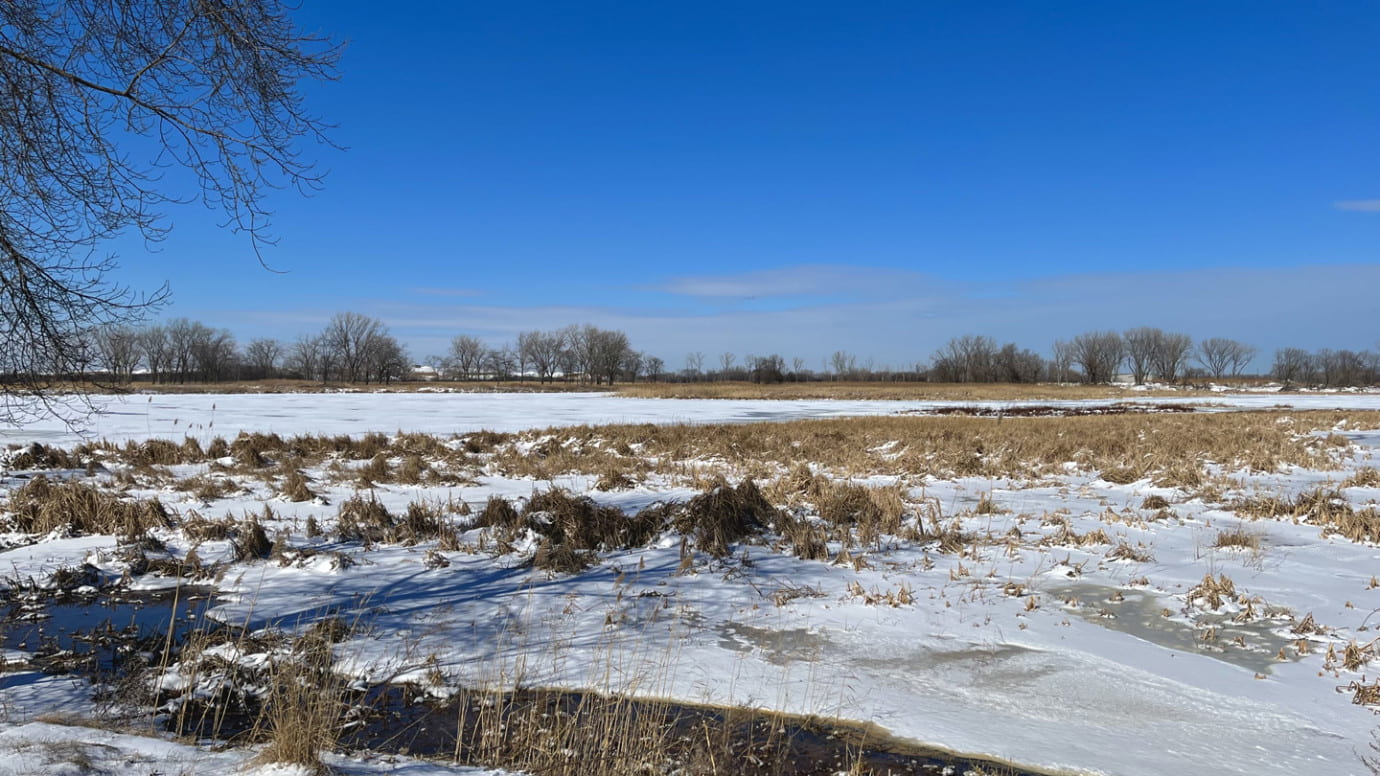
Ray Lodato on Environmental Justice in the Calumet
by Hannah Wilson-Black
You may know Ray Lodato if you’ve taken classes about environmental justice, law, or politics on campus. Now Prof. Lodato is bringing his passion for research (and his many years conducting studies for organizations from the NAACP to the Gates Foundation) to his course Environmental Justice in the Calumet, which will combine weekly coursework with several field trips to the region!
—
Hannah Wilson-Black: Please briefly introduce yourself and what drew you to the Calumet quarter
Ray Lodato: I’m Professor Ray Lodato in the Program on the Global Environment. I’ve been hearing about the Calumet Quarter since I joined the program in 2017, but I hadn’t taken part until now. It seemed like a really good way to become immersed in a particular region and apply the environmental justice principles.
HW: What are some of the most pressing environmental justice issues in the Calumet region right now?
RL: Well, I’m eager to learn that. I’m starting to make contacts in the area to figure out what issues the residents are most concerned about. Certainly, the toxic dumping over the long term has been a strong issue. The proposed move of General Iron* is an issue. But I want to find out if there are other problems that may be even more systemic and long-lasting.
HW: By toxic dumping, you mean the waste products of industry in the Calumet?
RL: Yeah. The organization People for Community Recovery has been around for several decades now. They’re fighting against the way the area has been used as a toxic dump and the impact it’s had on residents. As an organization, they’re long-lasting—if they hadn’t been successful they wouldn’t still be around. They’ve been successfully advocating for cleanup, for the removal of toxic substances, and that’s really, really beneficial.
HW: I know students in your class are going to be collecting survey research about a Calumet environmental justice issue and sharing that data with a non-profit organization in the region. What is the power or value of survey data for a non-profit trying to solve a specific environmental justice issue?
RL: It broadens the scope of who they hear from. It can be difficult for non-profits, which are always underfunded, to do the kind of outreach that a survey necessitates. A survey can reach a lot more people than a non-profit can by itself—even well-run nonprofits have trouble making sure they don’t become an echo chamber. That’s the value survey research can provide.
HW: What do you hope students will gain from your field trips to meet with environmental justice advocates?
RL: I would like students to get immersed in the area—not only in the natural parts of it, which my colleagues will be more than capable of presenting to them, but with the people. On one trip we may conduct a series of key informant interviews with people who are leaders in the community to learn about their perspectives. Another trip would involve on-the-ground research—if the pandemic allows—and conducting surveys with community residents. In-person survey administration requires very different skills than online or paper-and-pencil surveys, and I want students to gain experience with that too.
—
Environmental Justice in the Calumet meets on Tuesdays from 2:00–4:50pm. The add-drop period begins Monday of finals week. Read the full course description here.
*General Iron is a scrap metal shredding facility that was attempting to operate in the Southeast Side until its final permit application was rejected by the city of Chicago shortly after this interview.